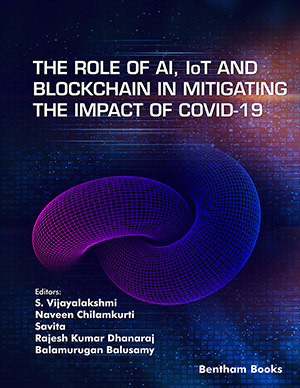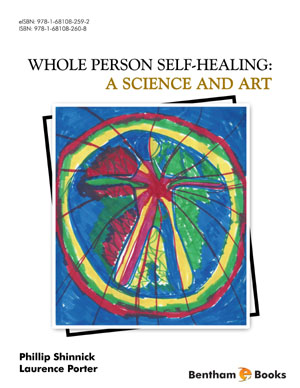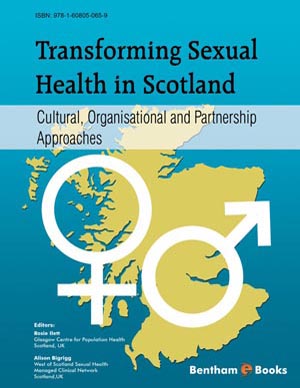Abstract
The COVID-19 pandemic is a current global threat that surpasses provincial
and radical boundaries. Due to the onset of the pandemic disease, the whole world
turned entirely in a couple of weeks. Its consequences have come across the personal
and professional life of human beings. The current situation focuses on precautions
such as wearing a mask, maintaining social distancing, and sanitizing hands regularly.
An innovative platform, and smart and effective IoT technology may be applied to
follow these steps. This platform fulfills all critical challenges at the time of lockdown
situations. IoT technology is more helpful in capturing real-time patient data and other
essential information. IoT allows the tracing of infected people and suspicious cases
and helps diagnose and treat patients remotely. It also paves the way to deliver essential
medical devices and medicines to quarantined places. In the present ongoing crisis, IoT
technology is inevitable in monitoring patients infected with COVID-19 through
sensors and intertwined networks. The consultations are given to the patients digitally
through video conferencing without meeting the medical expert in person. After the
diagnosis is made digitally, IoT devices are used to track health data. Smart
thermometers are used instead of traditional ones to collect valuable health data and
share it with experts. The IoT robots are now a proven technology used for cleaning
hospitals, disinfecting medical devices, and delivering medicines, thus giving more
time to healthcare workers to treat patients.
Keywords: Agriculture, Artificial intelligence, COVID-19 Pandemic, Cardiovascular, Contact tracing, Computed tomography, Deep Learning, Digital technology, Global positioning system, Healthcare data, IoT technology, IoT robots, Perception layer, Respiration rate, Random forest, Support vector machine, Temperature, Machine learning, Magnetic resonance imaging.












